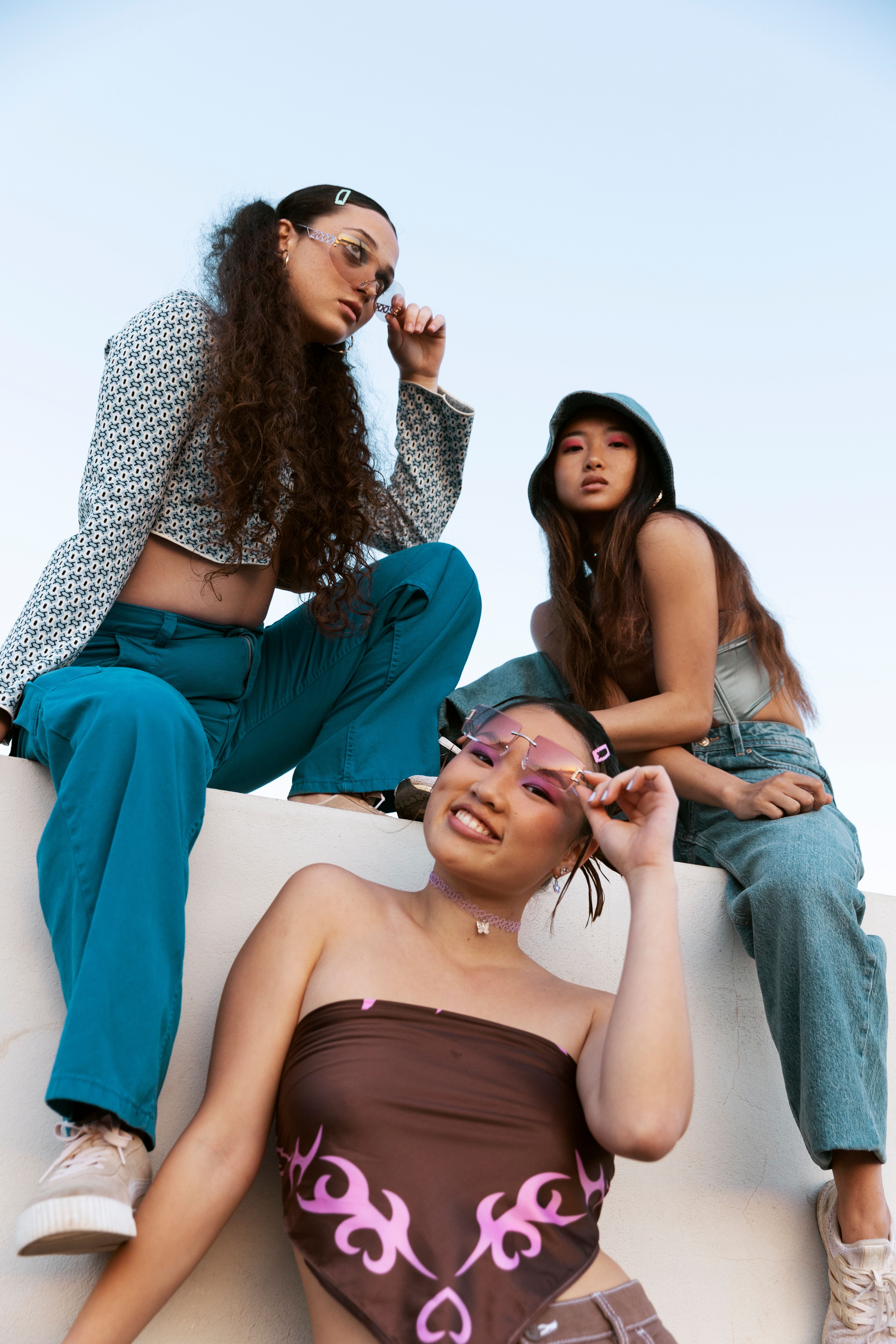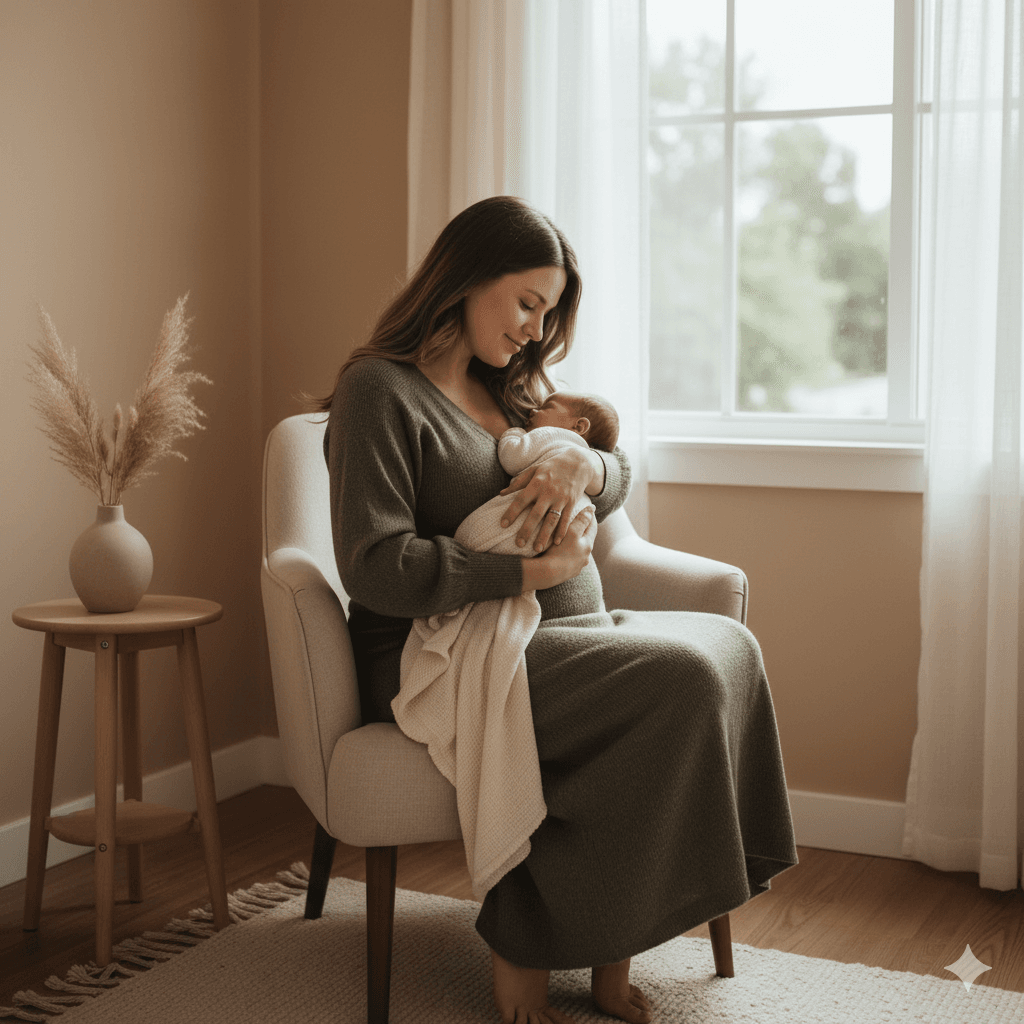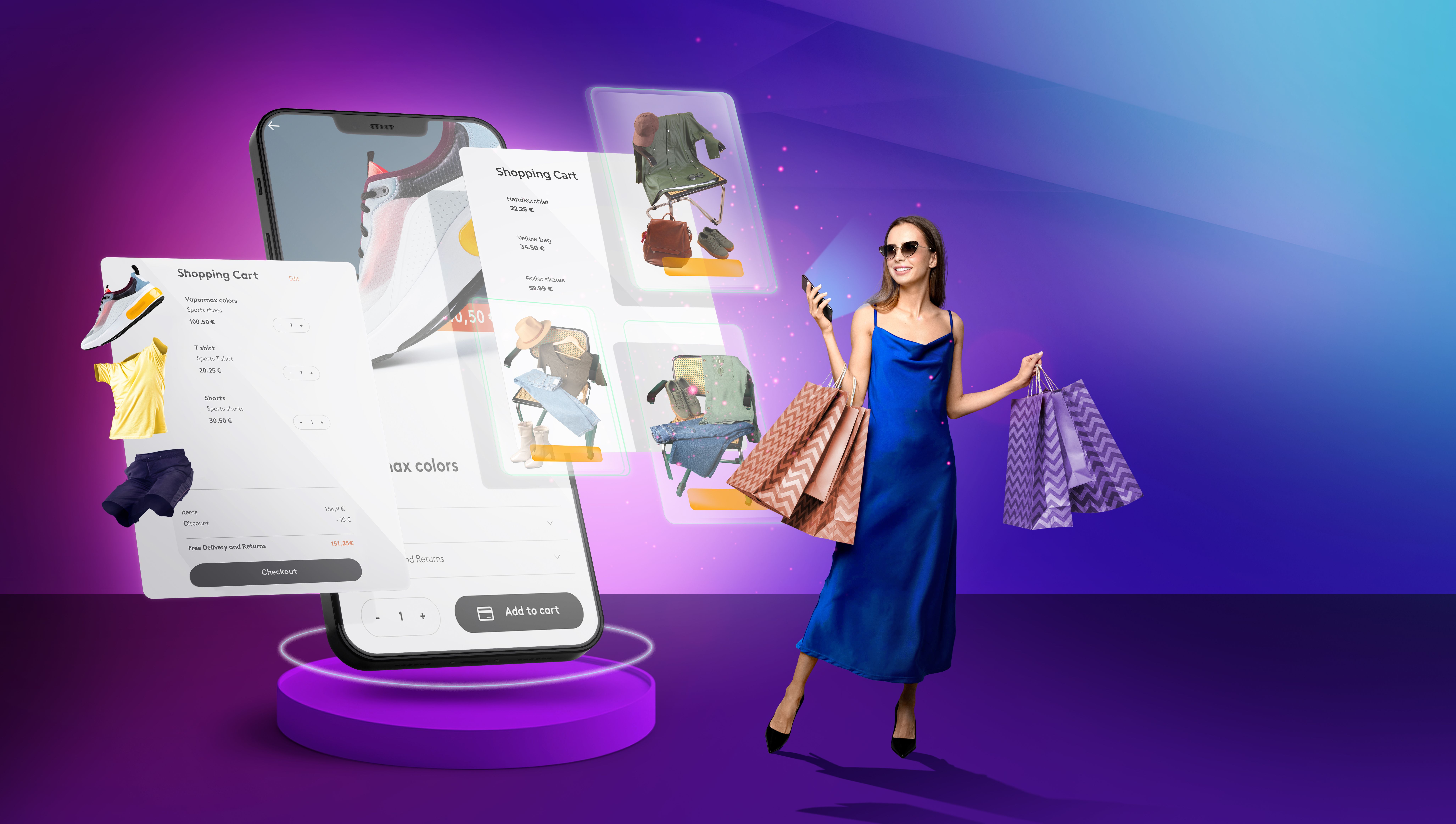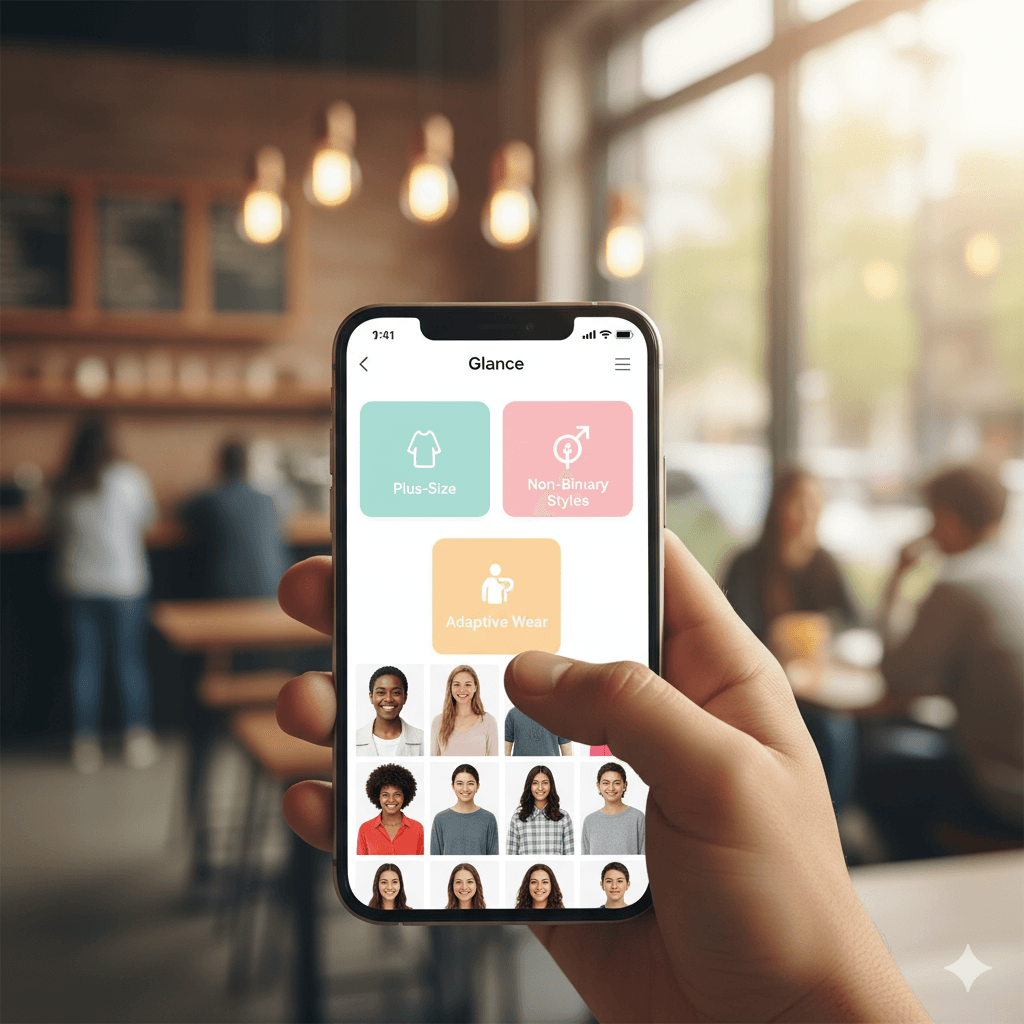How Fashion Inspiration Evolves Through Social Media
Accessible Fashion: How AI Supports Color-Blind Style
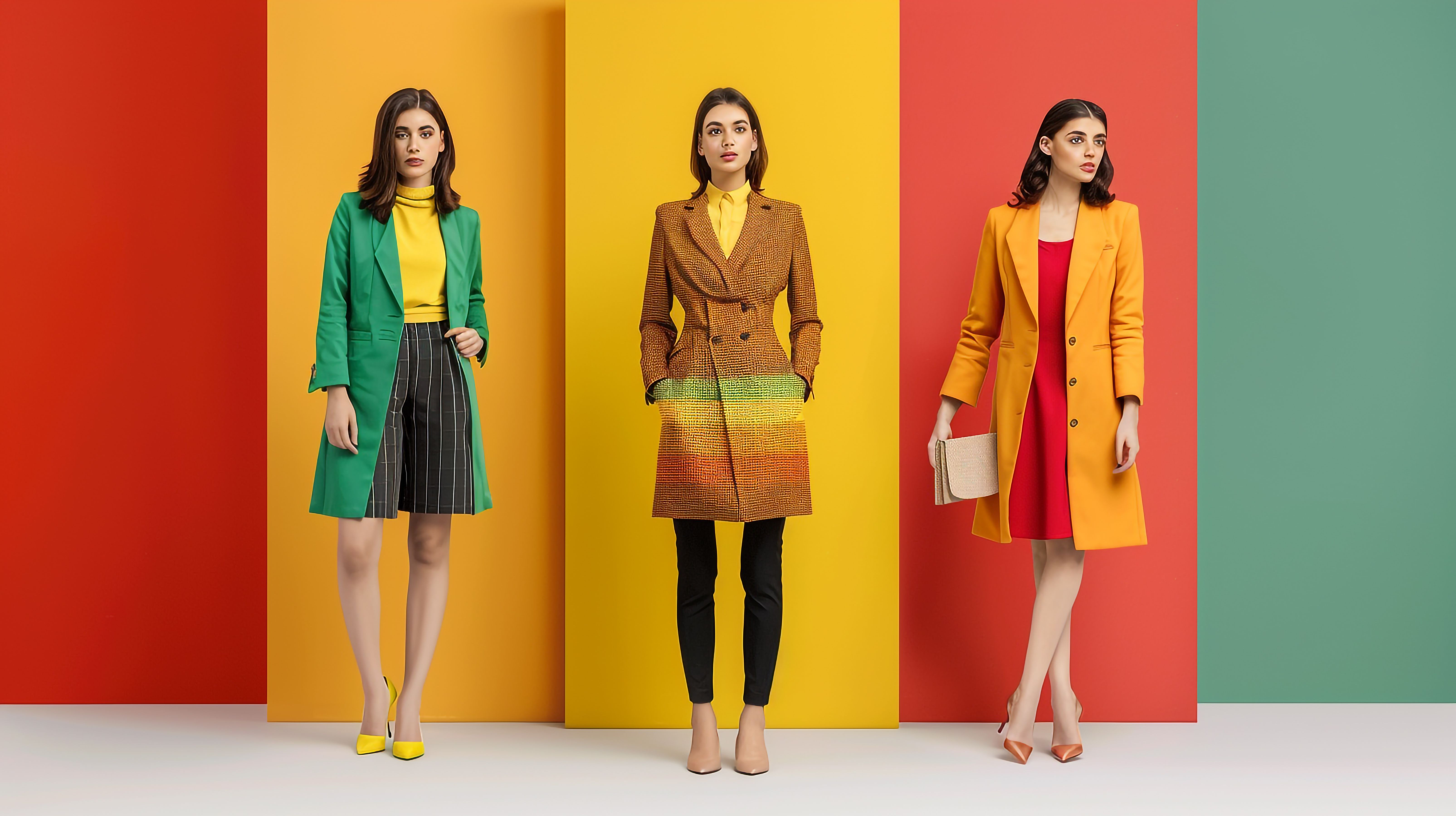

TL;DR
Fashion is meant to be seen, but not everyone experiences it the same way. Around 350 million people globally live with some form of color blindness, and in India, only 63.5% of adults know that red–green color blindness is most common.
Accessible fashion bridges this visual gap — combining empathy, design, and AI. By integrating color contrast logic, texture cues, and adaptive recommendations, platforms like Glance AI are making fashion inclusive for every eye.
From fabrics to apps, this movement ensures that what you wear doesn’t just look good — it feels empowering to everyone.
Introduction: The Unseen Side of Style
Imagine standing in front of your closet, unable to tell whether your shirt is blue or black. You ask someone nearby, “Does this match?”
For millions of people with color vision deficiency, this is a daily experience.
While fashion celebrates creativity and self-expression, much of it assumes perfect vision. From red-green pairings on t-shirts to digital catalogs displaying inaccurate lighting, many people find themselves excluded from this visual dialogue.
But fashion is evolving. The growing conversation around accessible fashion is reshaping how brands, designers, and AI tools think about color, texture, and perception.
As inclusive design becomes central to the fashion industry, Glance AI is redefining personalization — ensuring style recommendations are accurate, inclusive, and emotionally intelligent for every individual, regardless of how they see the world.
The Science of Seeing Differently
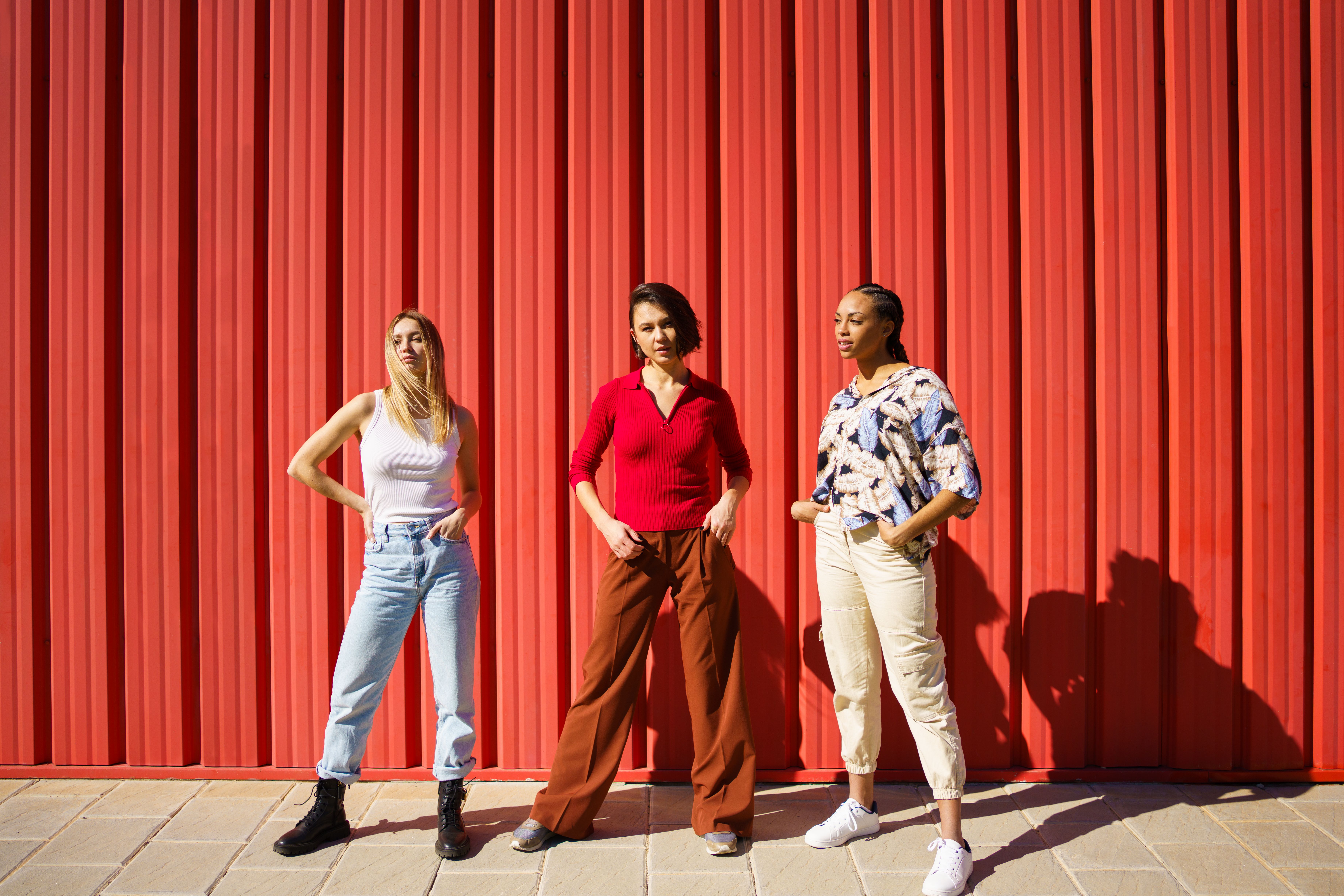
To understand accessible fashion, we must first understand the science of how people perceive color.
Color blindness, or color vision deficiency, doesn’t mean seeing the world in black and white — it means perceiving color differently. There are several types:
- Deuteranopia / Protanopia (Red-Green): The most common, accounting for nearly 99% of color-blind cases. Individuals struggle to distinguish between reds, greens, and browns.
- Tritanopia (Blue-Yellow): Much rarer, causing blues and greens or pinks and yellows to blend together.
- Monochromacy: Exceptionally rare — individuals perceive only shades of gray, lacking color distinction entirely.
In daily life, these differences create subtle but constant frustrations:
- Confusing navy blue with black or brown.
- Wearing mismatched socks or accessories that appear identical.
- Missing small design details, like contrast stitching or subtle fabric shifts in online stores.
For many, this leads to wardrobe anxiety and reduced confidence. It’s not vanity — it’s visibility.
AI is rewriting this story. Through color perception modeling and machine learning, algorithms can now simulate how different users perceive shades and patterns. They can adapt recommendations, enhance visibility, and ensure colors feel as intended — not as distorted.
This is where accessible fashion begins: at the intersection of empathy, science, and style.
Why Accessibility in Fashion Matters More Than Ever
Inclusivity used to mean body-positive sizing or gender-neutral cuts. Now, it’s evolving into something broader — visual accessibility.
Color isn’t just aesthetic; it’s emotional. It communicates personality, confidence, and mood. But for millions, these visual signals are muted or misinterpreted.
Accessible fashion ensures that:
- Agency is restored. People can choose confidently rather than guess.
- Frustration is reduced. Users no longer need to rely on others to “check” their colors.
- Confidence is built. When clothing aligns with how one feels — not just how it looks — dressing becomes self-expression, not stress.
Brands like Warby Parker and Glasses USA have already introduced descriptive color labeling (e.g., “midnight blue,” “warm beige”) to support color-blind customers.
But the real transformation lies in AI personalization — turning inclusivity into an experience, not an afterthought.
With platforms like Glance AI, users can access recommendations adapted to their visual perception, ensuring that fashion doesn’t discriminate by how you see — but celebrates it.
“Accessibility in fashion doesn’t just level the field. It expands it.”
Understanding the Global and Indian Context
Globally, about 1 in 12 men and 1 in 200 women have some form of color blindness. In India, color vision deficiency awareness remains limited — a 2025 study in Himachal Pradesh found that while 81.5% of adults recognized color blindness, only 63.5% knew red–green was the most common form.
The issue extends beyond fashion — India leads the world in total vision loss, with 275 million affected, including 79 million with moderate to severe impairments.
Internationally, 98% of color-blind cases are red-green, but severity varies. In Arab populations, 10% of males are color-blind, compared to 8% globally.
For many, the challenge is daily and silent:
- 86% of dichromats report difficulty choosing colors.
- 75% regularly ask others for help identifying shades.
This isn’t just a visual issue — it’s a matter of confidence, identity, and independence.
Accessible fashion bridges that gap, giving individuals the autonomy to see fashion on their own terms.
Accessible Fashion: Redefining Inclusivity
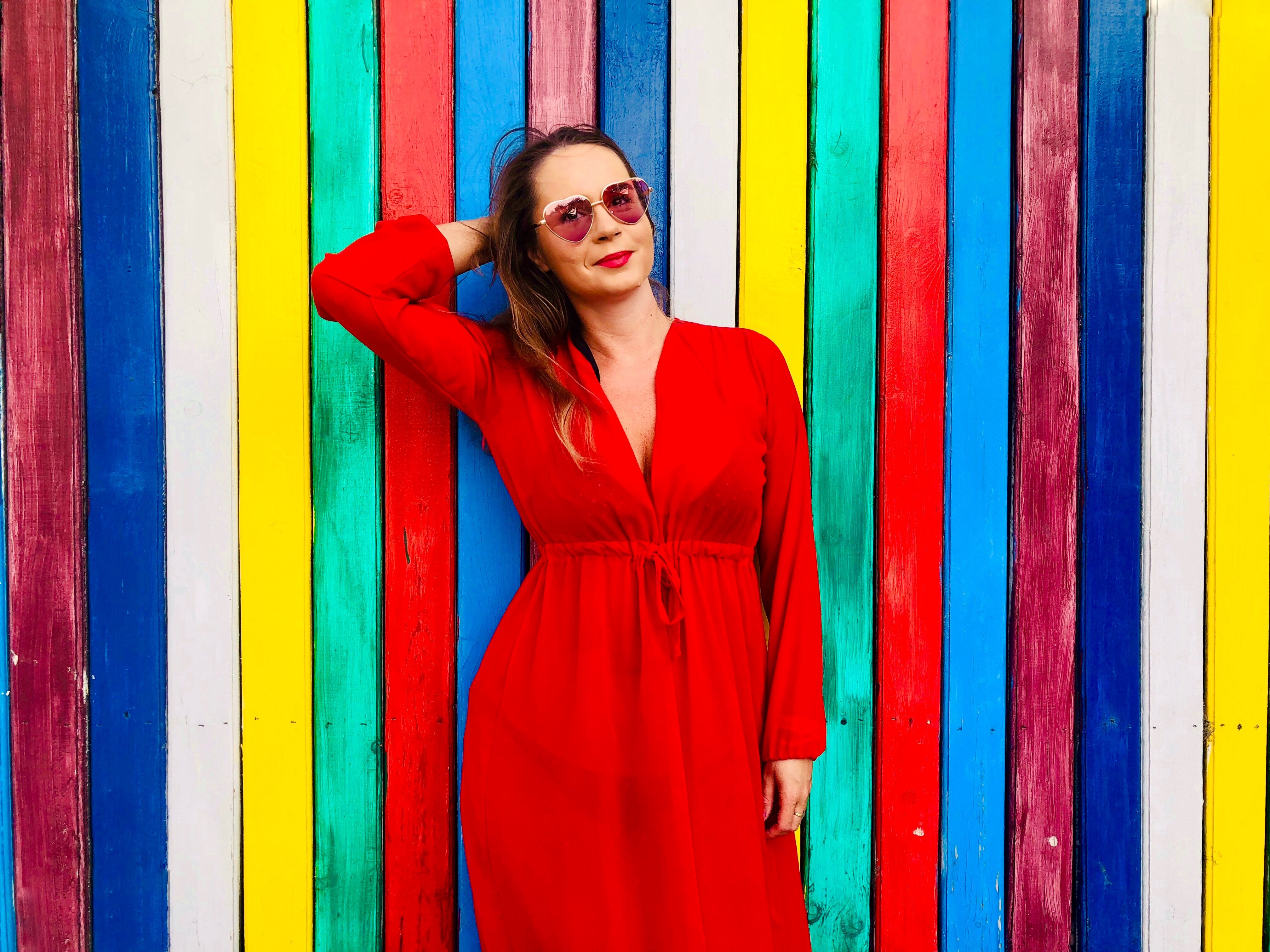
Accessible fashion is more than adaptive clothing — it’s fashion designed for perception diversity. It combines color contrast, texture, and labeling to ensure inclusivity at every level of design and digital experience.
Core Principles of Accessible Fashion
- High-Contrast Palettes: Instead of relying on color opposites (like red-green), designers focus on contrast in brightness or texture — such as navy with white or beige.
- Texture Cues: Using varied materials like linen, khadi, or corduroy to provide tactile differences for outfit coordination.
- Smart Labeling: Textual color identifiers or coded names (e.g., “deep blue 04”) reduce confusion.
- Accurate Digital Representation: AI ensures that online images reflect true color, accounting for lighting differences across screens.
AI integrates these accessibility layers within its styling intelligence. It not only matches colors — it matches perception. Its system ensures shades, fabrics, and styles are balanced and harmonious for every visual spectrum.
“Accessible fashion isn’t simplifying fashion — it’s democratizing it.”
How AI Decodes Color: The Technology Behind Accessibility
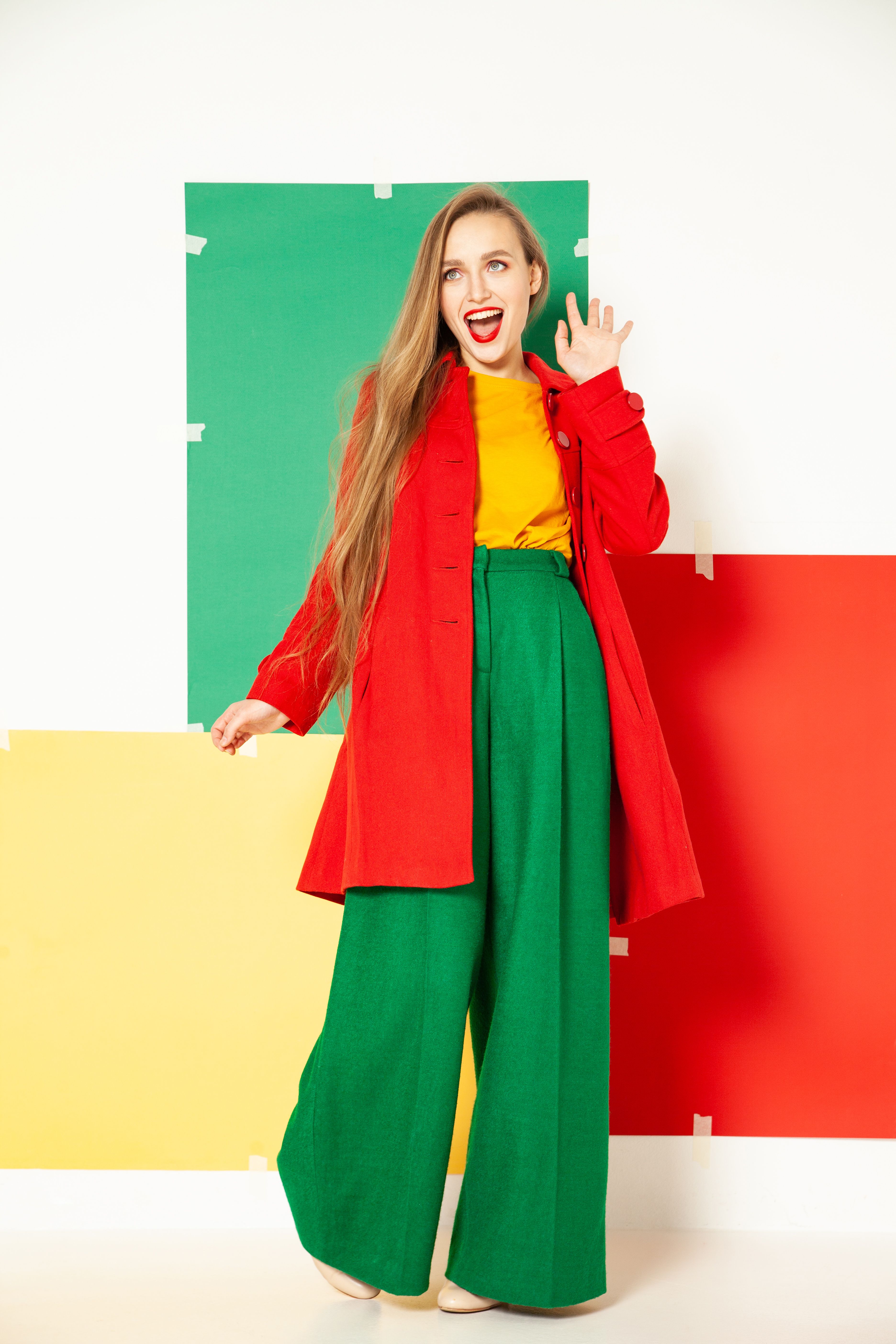
Artificial intelligence is enabling fashion to see the way users do — literally.
Through advanced recognition systems, AI transforms inclusivity from empathy to action.
1. Color Recognition & Labeling
AI models like Color Butler identify precise RGB values and assign standardized color names. AI uses similar technology to verify shade consistency across materials and lighting, ensuring your “olive shirt” won’t appear brown in another view.
2. Contrast-Driven Matching
Instead of hue-based logic, AI prioritizes light and dark contrasts, ensuring visual harmony for users with color perception differences.
3. Texture & Material Awareness
AI recognizes fabric textures — from glossy silk to matte khadi — creating outfit recommendations that balance light reflection and tactile cues.
4. Visualization & Simulation
Modern AI allows users and designers to simulate how colors appear under different types of color blindness.
This preview ensures accessibility before a design even reaches the market.
The true brilliance of accessible fashion is that it doesn’t just ask users to adapt — it adapts to them.
AI: Making Color Confidence Universal
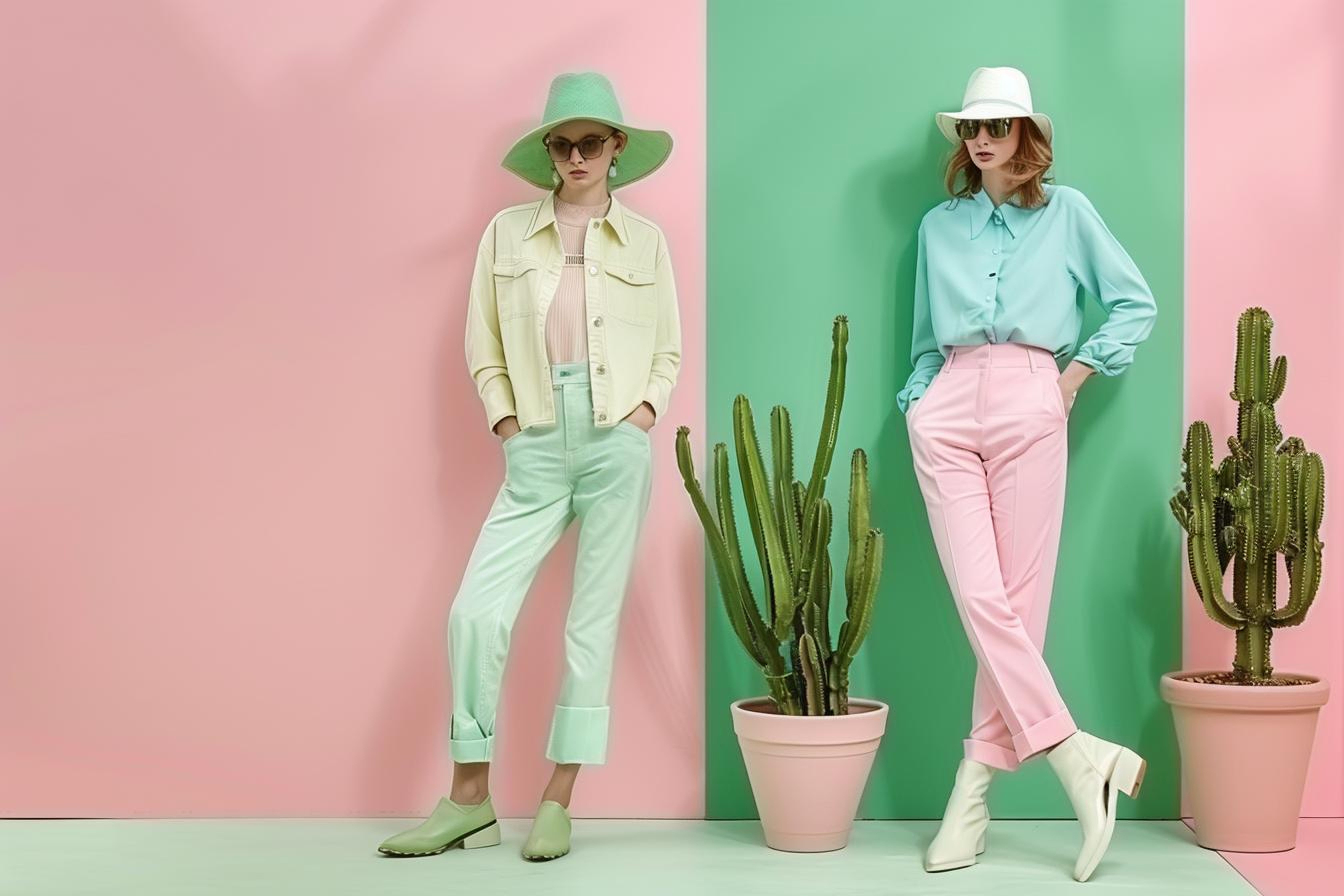
The key to inclusive design isn’t color correction — it’s confidence restoration.
Through AI Twin technology, personalization goes beyond style preferences — it extends into perception mapping.
Here’s how:
- Contrast-first recommendations: AI replaces hue-based suggestions with light/dark balance logic.
- Textual color descriptors: Every shade comes with a clear name — e.g., “dusty olive” or “vivid cream.”
- Texture-based cues: Outfit combinations emphasize feel, not just color.
- Tested palettes: All combinations are pre-verified for major color-blind spectrums.
This approach transforms dressing from guesswork into empowerment.
Users can plan outfits knowing that what they wear not only matches — it communicates their intent clearly.
“Inclusivity in color isn’t about adding more hues — it’s about ensuring everyone can enjoy them.”
Designing for All: Color-Blind Fashion Accessibility
Accessibility Element | Challenge for Color-Blind Users | Inclusive Design Solution |
| Red–Green confusion | Indistinguishable colors | Use neutral contrasts (navy, beige, gray) |
| Pastel tones | Muted or unclear appearance | Combine with textured materials |
| Pattern confusion | Busy designs merge visually | Use geometric simplicity |
| Online lighting | Shade distortion | AI-calibrated color filters |
| Fabric similarity | Hard to tell apart | Label with text codes or swatches |
Fabric & Texture Alternatives for Color-Blind Accessibility
Fabric Type | Why It Helps | AI Integration |
| Linen / Khadi | Matte texture improves contrast and visibility | Suggested for warm-weather layering |
| Corduroy / Wool | Raised texture adds structure and separation | Highlighted for clarity in Glance AI |
| Denim / Canvas | Clear seams and neutral tones | Recommended for foundational layering |
| Silk / Satin | Reflective surfaces enhance light differentiation | Used to offset matte textures |
By combining texture, light, and structure, accessible fashion becomes a design movement that enhances — not limits — creativity.
Accessibility in Action: Industry Innovations
Globally, accessibility initiatives are gaining traction:
- EnChroma’s Color Accessibility Program partners with 150+ institutions to enhance perception using optical technology.
- Nike’s FlyEase and Tommy Hilfiger’s Adaptive line merge tactile design with fashion function.
- Digital accessibility standards (WCAG) now encourage e-commerce brands to optimize image contrast and color metadata for inclusivity.
Where brands bring physical accessibility, Glance AI brings visual accessibility — integrating fairness and inclusivity into digital fashion discovery and personalization.
The Future of Accessible Fashion
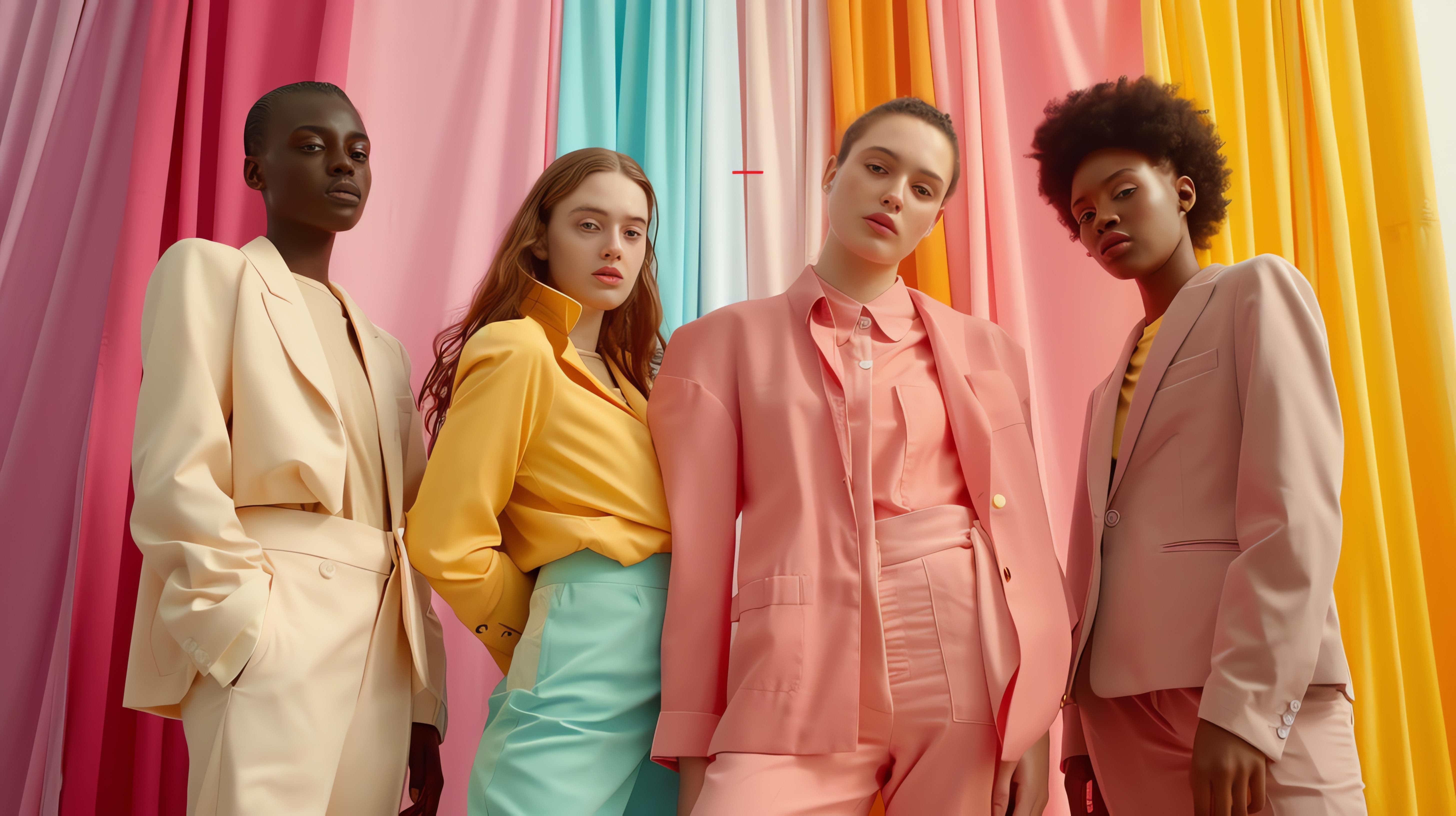
The next era of accessible fashion will merge AI and empathy. Expect:
- AI color empathy filters: Helping designers visualize how color-blind users perceive their work.
- Haptic feedback fabrics: Letting users distinguish garments by feel.
- Voice-guided outfit planners: Assisting users in wardrobe management through AI speech tools.
- Smart mirrors with accessibility modes: Previewing how colors appear across different vision types.
As AI becomes more human-centered, Glance AI will evolve into a complete visual accessibility companion — syncing perception, personality, and purpose.
Conclusion: Fashion Everyone Can See Themselves In
Fashion’s greatest strength lies in visibility — not just being seen, but being understood.
Accessible fashion ensures that beauty isn’t limited by perception. It redefines design through empathy, making confidence universal and creativity borderless.
With platforms like Glance AI, inclusivity becomes tangible — a harmony of data, design, and human connection.
Because fashion isn’t only about what you wear — it’s about how clearly you see yourself in it.
“The future of fashion is inclusive — not because it can be, but because it must be.”
FAQs
1. What is accessible fashion?
Accessible fashion is clothing and design adapted for people with sensory, physical, or visual differences — allowing equal comfort and confidence in dressing.
2. How does Glance AI support color-blind users?
Glance AI personalizes outfit recommendations by using contrast-based logic, color labeling, and perception-aware styling.
3. Can accessible fashion still be trendy?
Absolutely. Accessibility amplifies creativity — it adds dimension through texture, tone, and innovation.
4. Why is accessibility important in India?
India’s vision loss population exceeds 275 million, making visual inclusivity crucial for fair access to fashion and self-expression.
5. What’s next for AI in accessibility?
Expect AR-integrated previews, smart labeling, and adaptive digital wardrobes that adjust to each individual’s perception spectrum.


